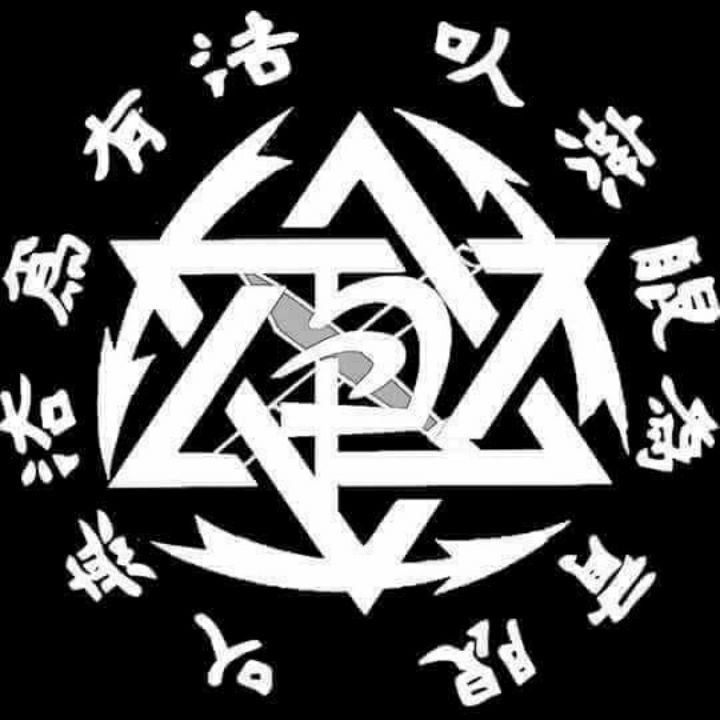Navigating the Use of Force Continuum: A Comprehensive Evaluation Guide
- Sifu Jeramiah Giehl

- May 22, 2024
- 3 min read
Updated: May 23, 2024
Understanding the Levels and Tactics Across Civilian and Military Contexts! The utilization of force is a critical aspect in various sectors, ranging from civilian self-defense to military operations. A nuanced understanding of the force continuum and its associated levels is crucial for effectively navigating complex situations. In this exploration, we delve into the civilian and military realms, shedding light on the levels of force, tactics involved, and the importance of de-escalation.
Levels of Use of Force: Unveiling the Spectrum
Reasonable Force: Reasonable force represents the baseline level of force required to maintain control and ensure safety. It is proportionate to the threat at hand, aligning with the principles of self-defense.
Excessive Force: When force surpasses what is deemed reasonable, it enters the realm of excessive force. This deviation from proportionality raises ethical and legal concerns, emphasizing the need for restraint and accountability.
Deadly Force: The highest level of force, deadly force, is employed when there is an imminent threat of serious harm or death. Its application requires careful consideration of the situation to justify the use of lethal measures.
Verbal Jiu-Jitsu – Mastering De-escalation Tactics
De-escalation is an art form, especially in civilian encounters. Verbal Jiu-Jitsu involves employing strategic communication to defuse potentially volatile situations. This tactic emphasizes:
Active Listening: Understanding the concerns and perspectives of all parties involved.
Empathy: Acknowledging emotions and demonstrating understanding.
Clear Communication: Using concise and assertive language to convey intentions.
Calming Techniques: Employing techniques to diffuse tension and promote cooperation.
Subject Classification: Identifying the Aggressor
Understanding the nature of aggression is pivotal in determining the appropriate response. Subjects can be classified into:
Passive Compliant: Cooperative and non-resistant.
Passive Resistor: Non-compliant but not actively resisting.
Active Resistor: Actively resisting without aggression.
Active Aggressor: Engaging aggressively, posing a direct threat.
Three Levels of Use of Force in Jeet Kune Do Practice
In Jeet Kune Do, practitioners engage with three levels of use of force:
Defensive TacticsCombatives, Defensive Tactics, & Self Defense (Civilian): Techniques for self-defense in civilian scenarios.
Control Tactics & Pressure Points (Police): Law enforcement employs these tactics to control and restrain individuals.
Termination Techniques (Military): Military personnel are trained in techniques designed to neutralize threats effectively.
Police Use of Force Continuum: A Tactical Progression
Law enforcement follows a continuum that progresses through various levels:
Officer Presence: Establishing a visible presence as a deterrent.
Verbal Commands/Cooperative Controls: Communicating commands to gain compliance.
Empty-Hand Submission Techniques, PPCT: Employing non-lethal physical techniques for control.
Hard Control Techniques/Aggressive Response Techniques: Escalating force in response to resistance.
Intermediate Weapons: Introducing tools beyond physical techniques.
Lethal Force/Deadly Force: Employing lethal measures when necessary.
Military EOF-NLE: A Strategic Approach
In military settings, the EOF-NLE (Non-Lethal Engagement) model involves a stepwise process:
Assess: Evaluate the situation and potential threats.
Warn: Provide verbal warnings to alert aggressors.
Move: Strategically reposition to enhance safety.
Deny: Restrict access and control the environment.
Suppress: Employ non-lethal measures to subdue aggression.
Disable: Neutralize threats through incapacitation.
Army EOF: A Tactical Acronym
In the military, the EOF (Escalation of Force) in the Army involves the SHOUT, SHOVE, SHOW, and SHOOT approach:
SHOUT: Verbal warning to halt.
SHOVE: Non-lethal physical force.
SHOW: Displaying intent to use a weapon.
SHOOT: Deliberately aimed shots until the threat is neutralized.
It's imperative to note that warning shots may be permitted based on Rules of Engagement (ROE), considering the operational environment.
Conclusion: A Holistic Approach to Force Continuum
The force continuum, spanning civilian and military contexts, requires a nuanced approach that aligns with ethical, legal, and tactical considerations. Whether it's mastering verbal de-escalation or implementing military escalation, a holistic understanding empowers individuals to navigate diverse scenarios effectively. Through continuous training and a commitment to ethical conduct, one can strike the delicate balance needed to ensure safety, security, and the preservation of life in dynamic and challenging environments.

Comments